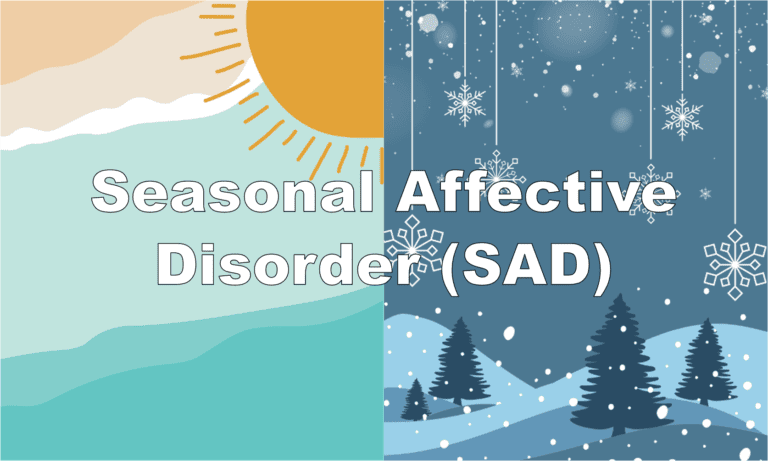As the days grow shorter and the temperatures drop, many people experience changes in mood and energy levels. While it’s natural to feel a little sluggish during the winter months, for some, these feelings go beyond seasonal laziness. Seasonal Affective Disorder (SAD) is a real and serious condition that affects many individuals, and understanding its symptoms and seeking help from the Best psychiatrist in Khambhalia or a trusted Mental health doctor in Khambhalia can make a significant difference in managing it.
Understanding Seasonal Affective Disorder (SAD)
SAD is a type of depression that occurs at a specific time of the year, usually during the fall and winter months. While it is most commonly associated with winter, it can also occur during other seasons.
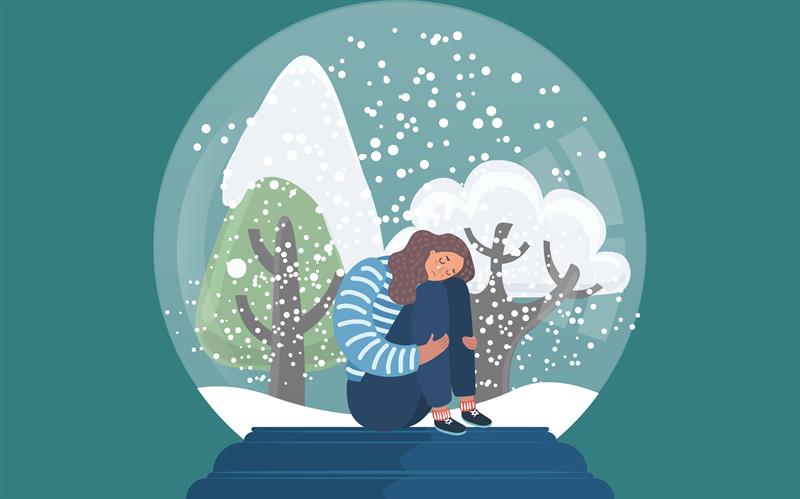
Here are the most common symptoms of SAD:
1. Changes in Mood
Irritable temperament: Individuals with SAD often experience increased irritability, making it harder to manage even small frustrations.
Mood swings: Rapid changes in mood, from sadness to frustration, can be a hallmark of SAD.
2. Loss of Interest and Energy
Anger over small things: Things that wouldn’t normally bother you might suddenly feel overwhelming.
Fatigue and low energy: Feeling tired all the time, even after sufficient rest, is a common symptom.
3. Changes in Appetite and Weight
Loss of appetite: Many people with SAD notice changes in their eating habits, including a reduced desire to eat.
Cravings for carbs: On the flip side, some individuals may crave sugary or starchy foods, leading to weight gain.
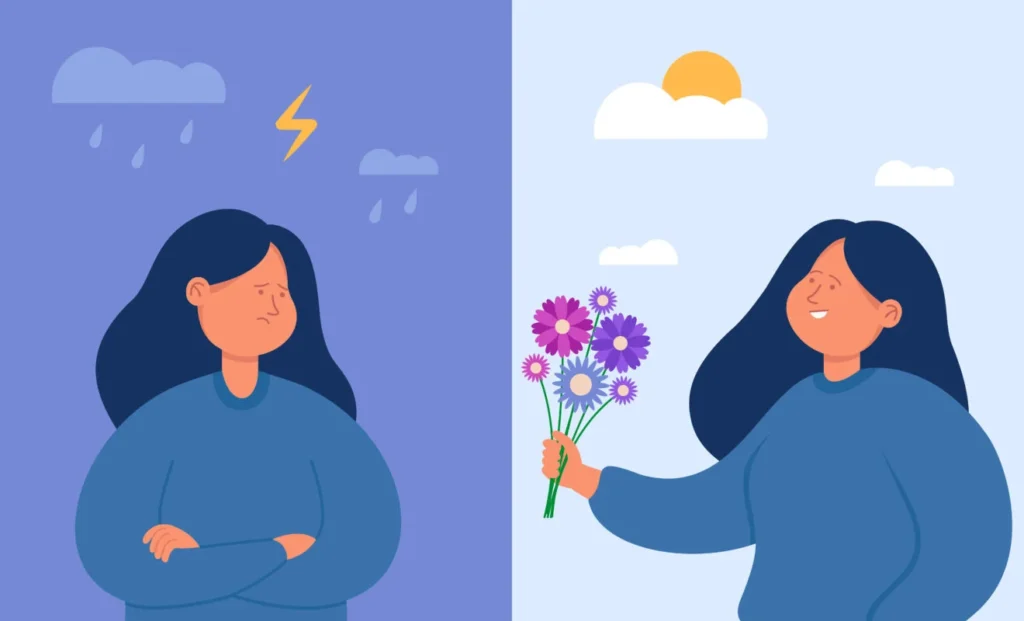
4. Sleep Disruptions
Difficulty sleeping: Insomnia or trouble staying asleep can worsen the feelings of fatigue.
Oversleeping: Some people with SAD might find themselves sleeping too much but still feeling exhausted.
5. Increased Stress and Anxiety
Stress: Individuals often feel overwhelmed and unable to cope with daily challenges.
Anxiety: SAD can heighten feelings of worry or panic, making it difficult to focus or relax.
Why Does SAD Happen?
The exact cause of SAD isn’t fully understood, but several factors contribute to its development:
1. Reduced Sunlight Exposure
Shorter days and longer nights in winter lead to decreased sunlight exposure, which can disrupt the body’s internal clock (circadian rhythm). This misalignment may trigger feelings of depression.
2. Changes in Serotonin Levels
Serotonin, a brain chemical that affects mood, can decrease during winter due to lower sunlight. Reduced serotonin levels are strongly linked to feelings of depression.
3. Disruption in Melatonin Production
Melatonin, a hormone that regulates sleep, is often overproduced during darker months, causing excessive sleepiness and lethargy.
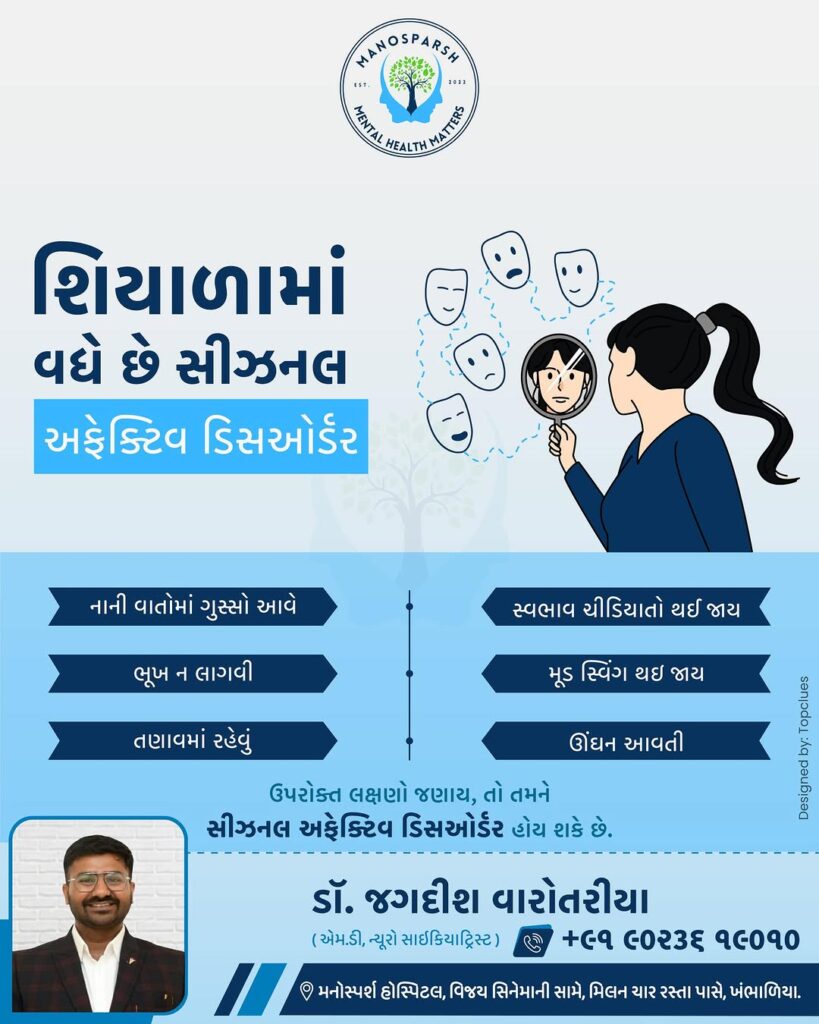
Seeking Help for SAD
If you or a loved one experience symptoms of SAD, it’s essential to seek professional help. The Best psychiatrist in Khambhalia can provide guidance and treatment to help you regain control over your life. A qualified Mental health doctor in Khambhalia can:
1. Provide Accurate Diagnosis
A professional assessment will determine if you’re dealing with SAD or another mental health condition.
2. Recommend Treatment Options
Common treatments include:
Light therapy: A proven method that involves sitting near a specialized lightbox to mimic natural sunlight.
Medication: Antidepressants can help regulate mood and alleviate symptoms.
Cognitive Behavioral Therapy (CBT): A type of therapy that helps identify and change negative thought patterns.
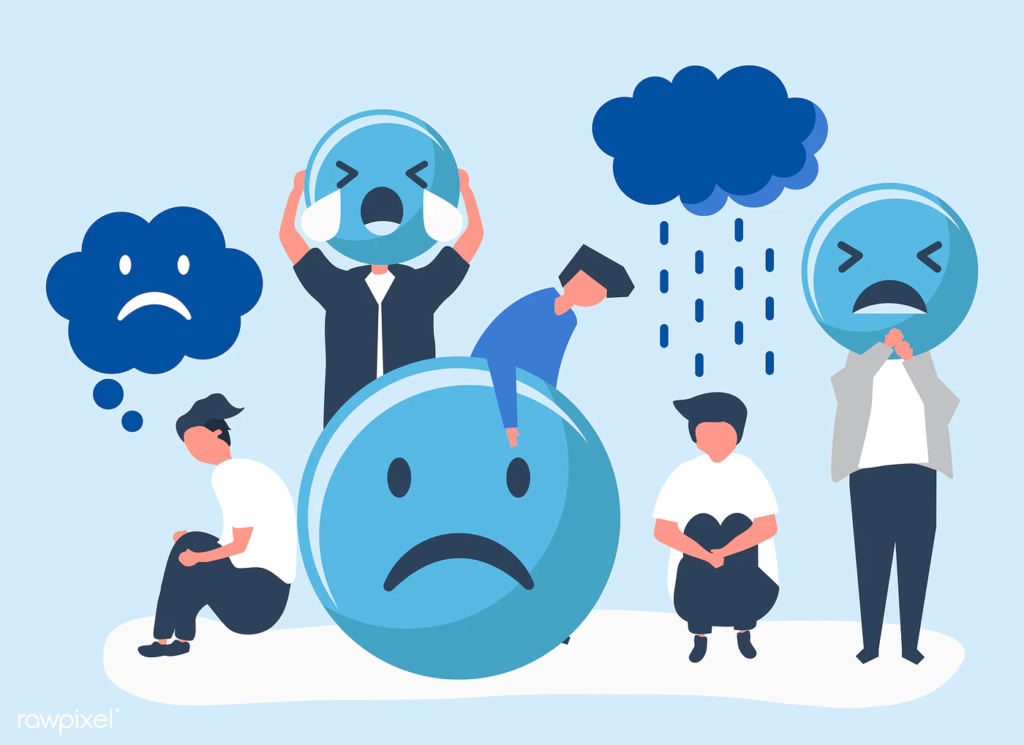
3. Offer Lifestyle Tips
Spending more time outdoors during daylight hours.
Exercising regularly to boost endorphins and improve mood.
Maintaining a healthy diet rich in essential nutrients.
Why Choose a Mental Health Doctor in Khambhalia?
Living in or near Khambhalia gives you access to some of the most compassionate and experienced professionals in mental health care. The Best psychiatrist in Khambhalia not only provides top-notch care but also offers personalized solutions to ensure you’re supported throughout your journey.
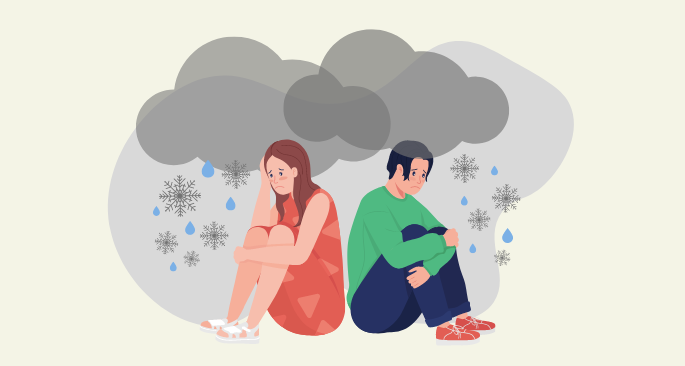
Taking the First Step
Acknowledging that you need help is the most critical step in managing SAD. While the symptoms can feel overwhelming, remember that recovery is possible with the right guidance and support from the Best psychiatrist in Khambhalia or a trusted Mental health doctor in Khambhalia.
Final Thoughts
Seasonal Affective Disorder is more than just the “winter blues.” It’s a legitimate condition that requires attention and care. By recognizing the signs and reaching out to the Best psychiatrist in Khambhalia, you can take control of your mental health and enjoy a brighter, happier winter season. Don’t let SAD dim your light—help is just a call away!

